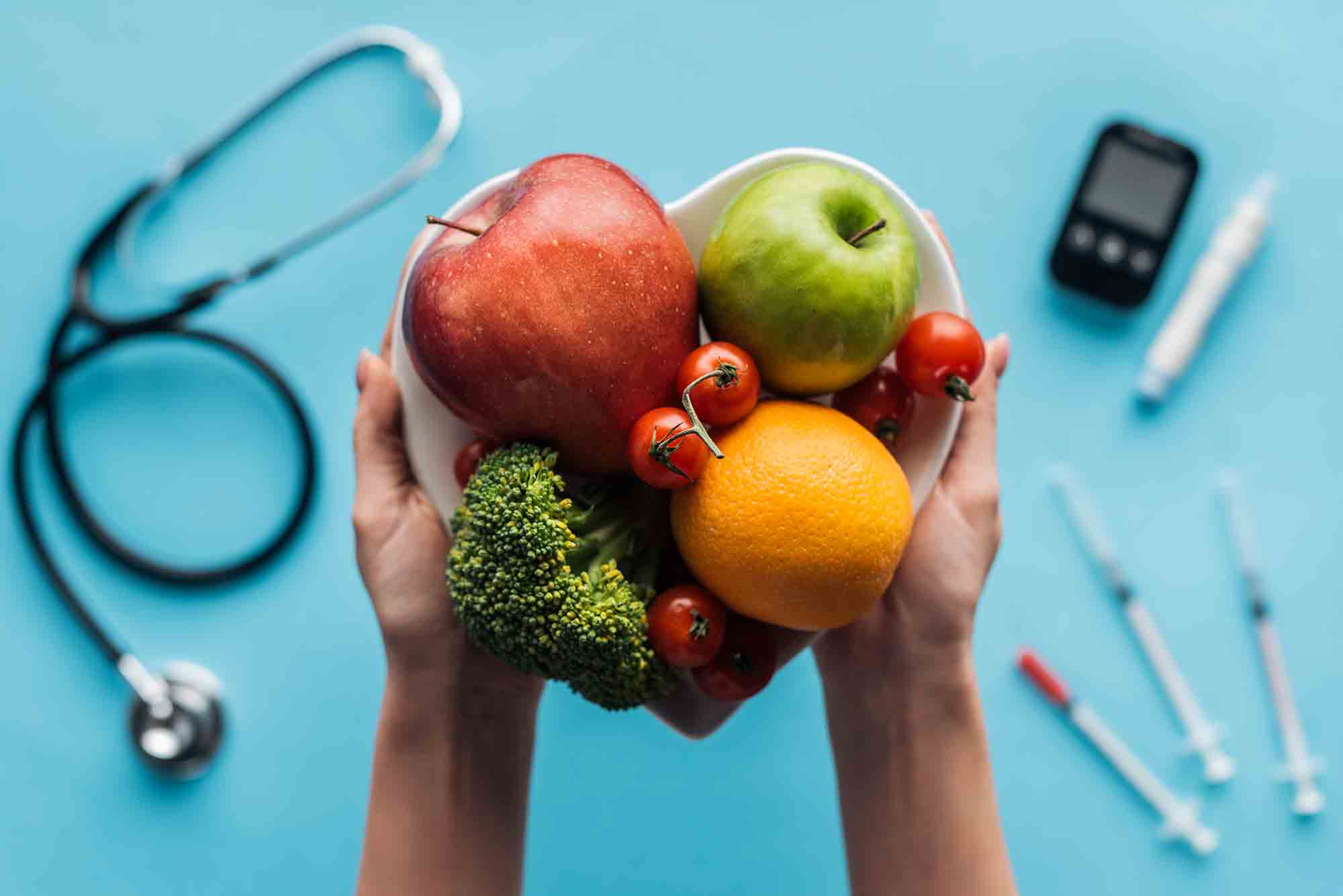Sugar, like caffeine, is a go-to picker-upper for most meeting attendees. Hang around the edges of any meeting break buffet table and I guarantee that, sooner or later, you’ll hear someone half-jokingly talk about learning how to ride the caffeine and sugar highs just right to avoid jitters on one end, and the inevitable crash on the other. But it’s no joke for attendees who live with diabetes, for whom soaring or guttering blood sugar levels can be potentially life threatening.
Diabetes can come in several forms. Those who have Type 1 diabetes have lost the pancreatic beta cells that make the insulin they need to regulate blood glucose, which is what the body breaks food down into to use as fuel for the body. This type, which usually develops early in life, accounts for 5% to 10% of diabetes cases, according to the Job Accommodation Network. The much more common Type 2 diabetes causes the body to become insulin resistant as cells lose the ability to properly process insulin; over time, the pancreas can lose its ability to produce insulin altogether. Both types can be managed by controlling diet, exercise, cholesterol and blood pressure. Medications, including insulin injections, sometimes are necessary.
Unfortunately, diabetes is not rare — it is likely that, like the U.S. population in general, approximately 10 percent of your attendee base may well have diabetes. Fortunately, planning menus for those with diabetes falls nicely in line with planning meals that are going to be healthier for all your attendees. It also will help keep attendees from riding the glycemic roller coaster that not only is hard to stay on top of, but also is pretty exhausting for a body that already is dealing with the effects of travel, lack of sleep, and all the other physical hardships that unfortunately tend to be a part of most meeting experiences.
So, how can you ensure your meeting accommodates the needs of those with diabetes?
1. Plan a diabetes-friendly menu.
Starches from processed grains like white rice and pasta can cause blood glucose levels to spike, so try to replace them with whole grains, fruits, and vegetables — particularly low-carbohydrate greens such as kale, spinach, and arugula. Now that more attendees also are going gluten-free, this will be an easier sell than it once was! Also, it gives you and your venue chef license to develop dishes using now-trendy grains such as quinoa, millet and amaranth.
For proteins, the American Diabetes Association’s top picks are plant-based proteins like beans, nuts, seeds, and tofu; fish/seafood; poultry; and eggs and low-fat dairy. Try to avoid foods with added sugars, such as fructose-enhanced fruit juices and packaged fruit salads, along with fried and high-fat meats and cheeses; and limit sodium by using herbs and spices in lieu of salt whenever possible.
2. Provide frequent breaks.
While all your attendees will thank you for the opportunity to get up, move around, check email, and take bio-breaks, those with diabetes may need frequent breaks to check their blood glucose levels, take their medications, or balance their glucose levels with a healthy snack. A nice touch would be to have a private area they can use to test their blood glucose levels or take insulin so they don’t have to resort to using a bathroom stall for their disease-management needs.
3. Provide plentiful seating areas.
Those with diabetes also may suffer from diabetic neuropathy, which can make standing for long periods of time difficult. If your event includes sessions, workshops, trade shows, or other activities that keep people on their feet for hours on end, be sure to provide plentiful seating those with diabetic neuropathy (or any other condition that makes standing onerous) can easily find and use.
4. Make visuals clear and easy to see.
Some people with diabetes also can develop diabetic retinopathy, a vision disorder. As you would for attendees with other vision issues, ensure that visual projections are large enough to be viewed easily throughout the session room, and provide assistive devices if needed.
5. Have the professionals on speed dial.
People with diabetes can have hypoglycemic reactions, where their blood sugar falls to 70 milligrams per deciliter or lower. Symptoms will vary, but may include confusion, dizziness, pounding heart, racing pulse, pale skin, and sweating. If not treated, the condition can worsen, leading to seizures or coma. If someone at your event shows signs of having a severe hypoglycemic reaction, call 911 or take them to the hospital. If they are unconscious, do not try to give them food, juice or insulin since they could choke.
High blood sugar, or hyperglycemia, where blood sugar rises to 200 mg/dl, also can be very serious. Signs include extreme thirst, blurred vision, nausea, vomiting, extreme fatigue, and dry mouth. Chronic untreated hyperglycemia can lead to ketoacidosis, a potentially life-threatening condition whose telltale signs are shortness of breath, fruity-smelling breath, nausea and vomiting. As in the case of hypoglycemia, call 911 and get the person to medical treatment stat.



